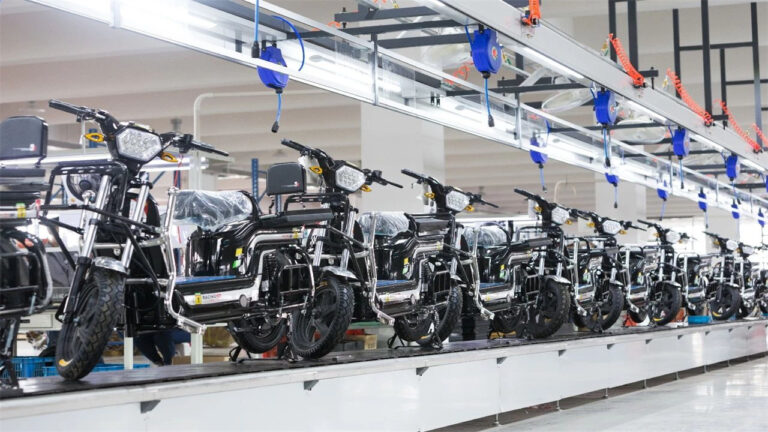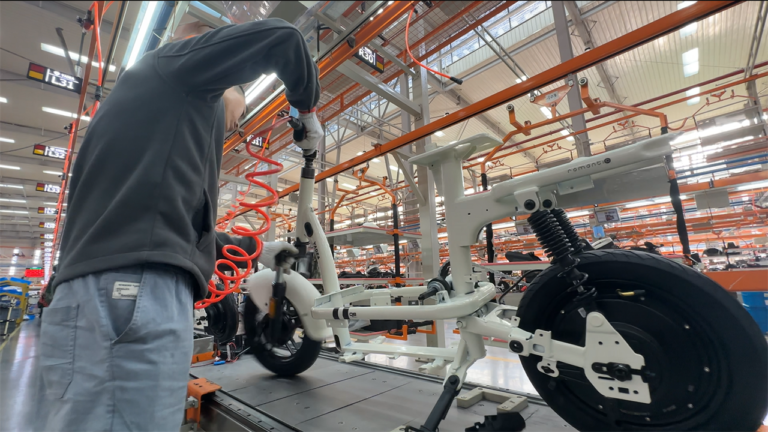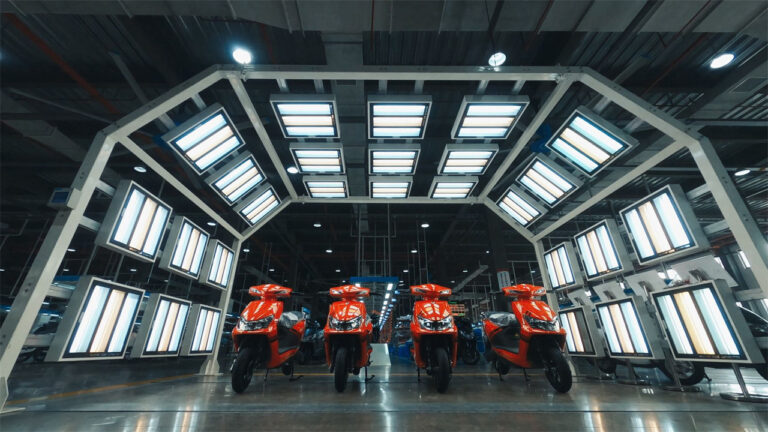Motorbike Production Line Factory—Motorcycle Assembly Line Factory
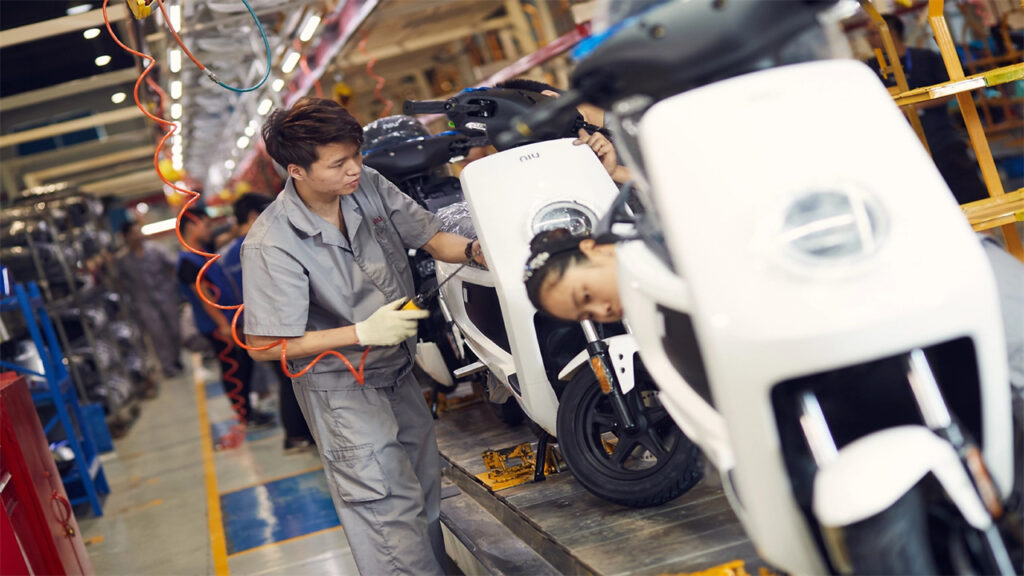
Suitable to Assemble/Produce 2 wheel Motorcycles, 2 wheel Scooters, 2 wheel Electric-cycles, 2 wheel E-Bikes, Bicycles, and so on.

A Motorbike Production Line is an automated system designed to efficiently assemble and manufacture motorcycles. Here are the key components and processes involved in a typical motorbike production line:
1. Component Preparation
All necessary parts, including the frame, engine, wheels, electrical components, and body parts, are prepared and inspected for quality to ensure they meet specifications.
2. Frame Assembly
The frame, which serves as the base structure of the motorcycle, is assembled first. This often involves welding and grinding to ensure structural integrity.
3. Engine Installation
The engine is carefully installed onto the frame and initially adjusted and tested to ensure its performance and functionality.
4. Suspension and Wheel Assembly
The suspension system, including front forks and rear shock absorbers, is assembled and installed. Wheels and tires are mounted, balanced, and aligned.
5. Braking System Assembly
Brake discs, calipers, and other braking components are installed and adjusted to ensure the braking system works properly.
6. Electrical and Fuel System Assembly
Electrical components such as batteries, wiring, lights, and dashboards are installed. The fuel system, including fuel tanks and lines, is also assembled.
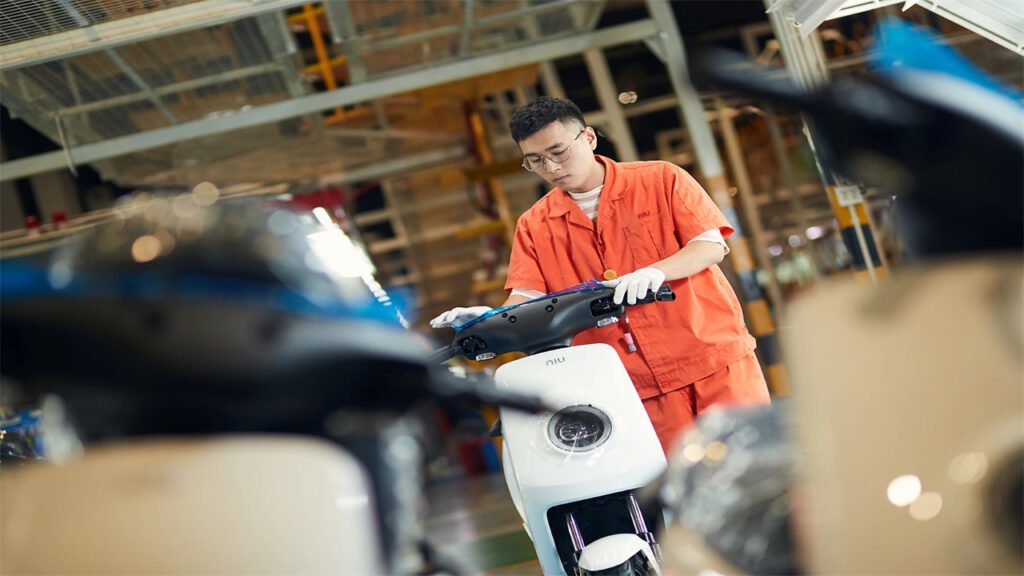
7. Body and Cosmetic Parts Assembly
Body parts such as seats, handlebars, and side covers are installed to complete the motorcycle’s appearance.
8. Functional Testing and Adjustment
The motorcycle undergoes a series of functional tests, including engine performance, braking systems, electrical systems, and overall functionality, to ensure everything works correctly.
9. Final Inspection and Packaging
The motorcycle is given a comprehensive visual and functional inspection to ensure it meets quality standards. It is then packaged and prepared for shipment.
10. Automation and Technology Integration
Modern motorbike production lines are highly automated, featuring:
- Automated Material Handling: RGV (Rail Guided Vehicle) systems for precise material delivery.
- Automated Assembly Processes: Robotic arms and automated loading/unloading systems to improve efficiency.
- Intelligent Quality Control: Vision recognition systems and sensors for real-time monitoring and quality control.
- MES Integration: Manufacturing Execution Systems (MES) for real-time production monitoring and data analysis.
11. Flexible Production Capacity
The production line is designed to be flexible, allowing adjustments to meet diverse market demands and adapt to cost pressures.
These processes and technologies ensure that motorbike production lines can efficiently produce high-quality motorcycles while minimizing human labor and maximizing productivity.
